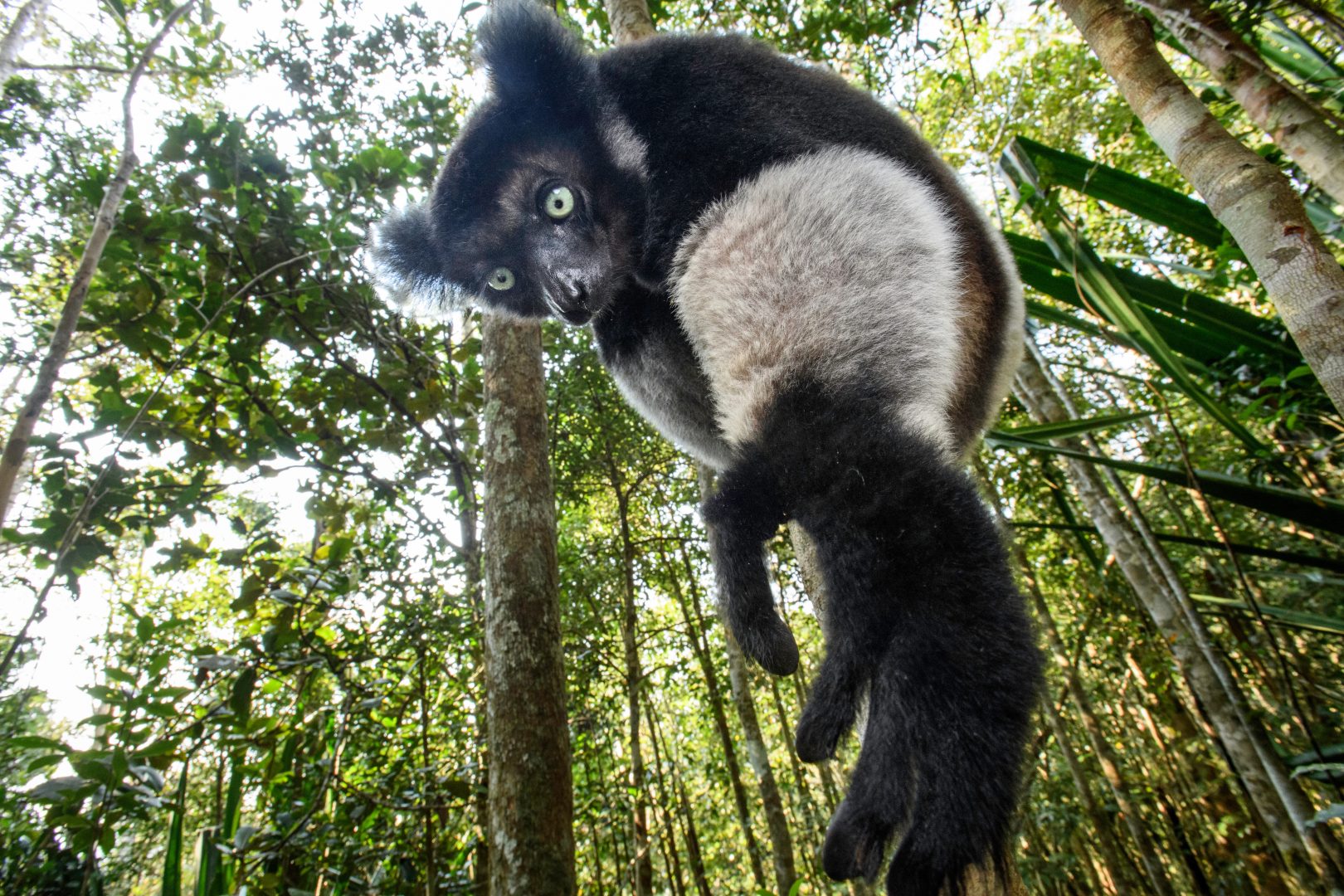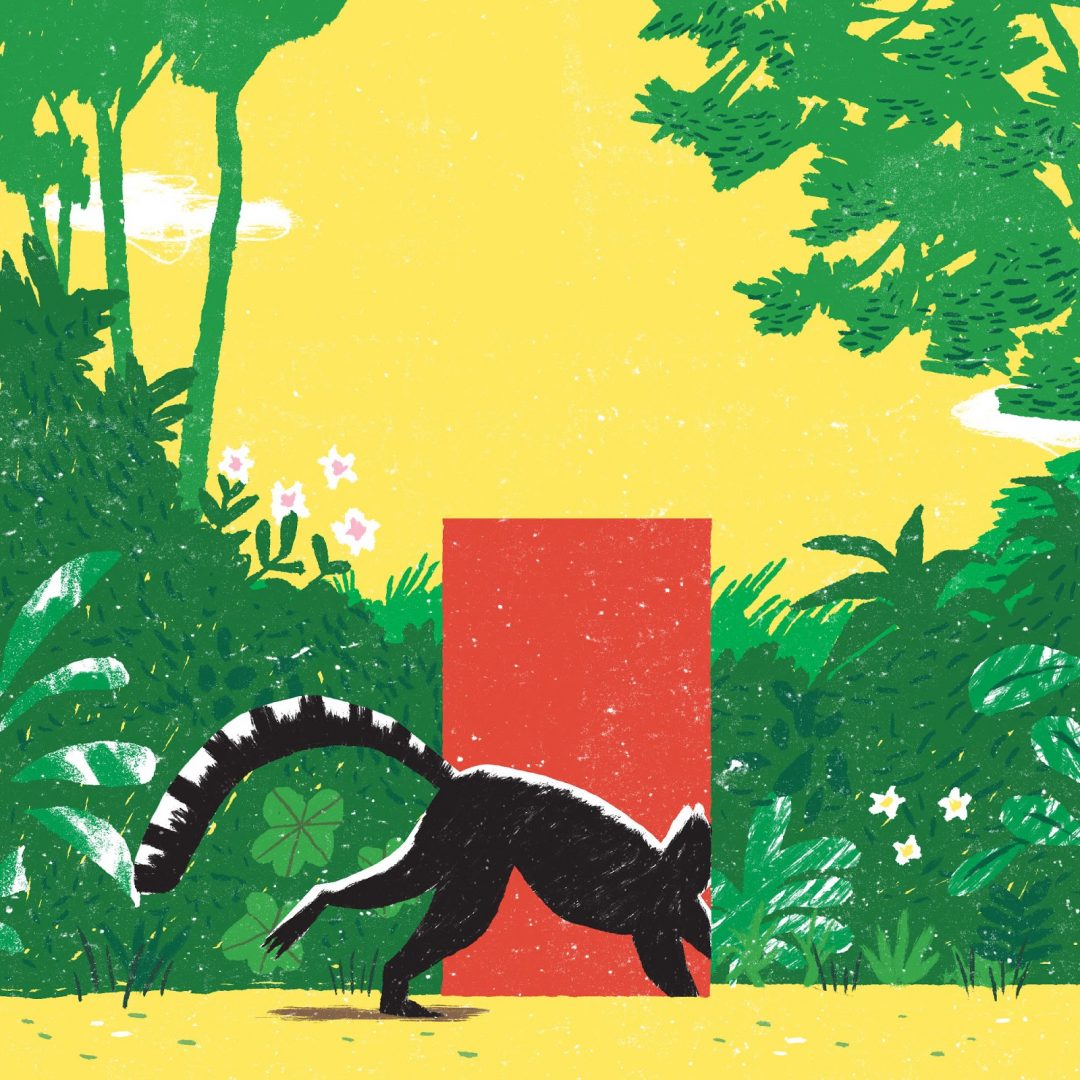Ninety-four percent of Madagascar’s 101 endemic lemur species are threatened, making lemurs the single most imperilled mammal group on Earth. New research documents the impacts of illegal lemur hunting by humans in and adjacent to Makira Natural Park, northeastern Madagascar. This work highlights a critical dilemma and question in conservation biology: how do we balance biodiversity preservation with the basic human needs of communities dependent on wildlife for subsistence?
The research team interviewed 1150 households over eight years (2005-13) and determined that lemur hunting by humans in Makira peaks during the fruit abundant wet season (March-June) when lemurs aggregate at fruit resources and are easiest to hunt. The authors applied mathematical modelling techniques to population densities established from field surveys to project lemur survival into the future, under a suite of diverse hunting and dispersal scenarios. They demonstrated that Makira’s largest-bodied lemurs (i.e. Hapalemur occidentalis, Avahi laniger, Daubentonia madagascariensis, and Indri indri) are the most severely threatened. These species are innately vulnerable because of later ages of first reproduction and longer periods between birth. I. indri and D.madagascariensis (the ‘aye-aye’) are further jeopardized because they give birth during peak hunting season.

The authors conclude that current hunting rates for lemurs are unsustainable and likely to cause regional species extirpations if continued into the future. Simultaneously, they acknowledge previous work from the region that documents reliance on wild meat for human health. The authors suggest that guiding communities away from wildlife consumption to domestic protein alternatives will be necessary to jointly promoting wildlife and human livelihoods.
Further Reading:
Brook CE et al. 2018. Population viability and harvest sustainability for Madagascar lemurs. Conservation Biology:1–33.






